LIST OF HARDWARE AND SOFTWARE REQUIREMENTS
Node-RED and ESP32 Terrarium controller
This page contains lists of parts, tools and software for the course "Node-RED ESP32: Make a Terrarium Controller".
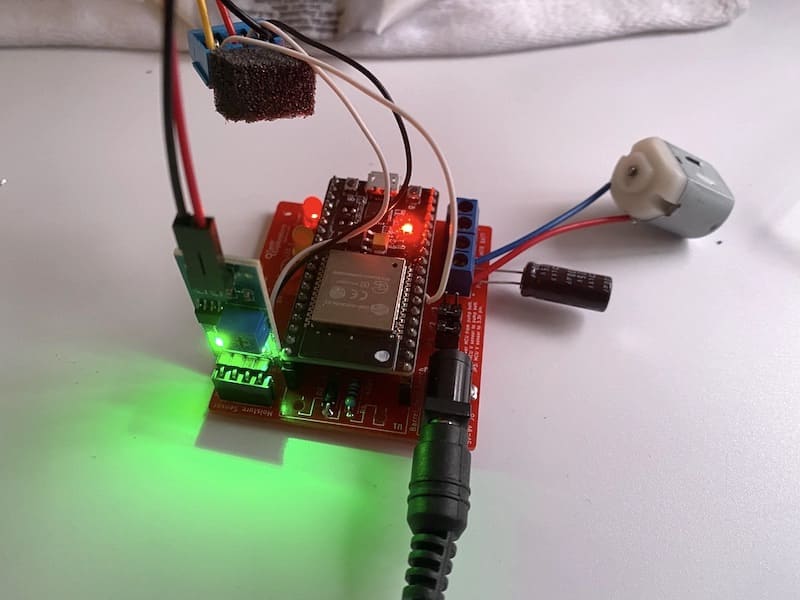
The following lists contain the parts, tools and software needed to complete "Node-RED ESP32: Make a Terrarium Controller".
The items in these lists are provided in an effort to make it easier for our students to find the parts and tools they need. While we take care to find reliable sellers, we cannot be responsible for problems in their supply chain or fulfilment. Sellers may run out of stock at any time, or shipments may be lost in transit. For issues like these, or for warranty claims, please contact the seller directly.
If you do not live in the US, UK or Germany, or the Amazon stores that we provide links to below do not deliver to your location, consider using a freight forwarding service like Shipito. You can ship your shopping to them, and they will forward to you, anywhere in the world. This is useful in case, for at least some of the items in your shopping list, Amazon will not ship to addresses outside the US. To the best of my knowledge, Seeed will ship anywhere in the world directly, so you do not need a forwarding service.
Hardware requirements:
# |
Description |
Photo |
Buying options |
|---|---|---|---|
1 |
Any Raspberry Pi. I use a Raspberry Pi 2, and have tested with Raspberry Pi Zero W and Raspberry Pi 4 |
 |
|
2 |
ESP32 Dev Kit V4 |
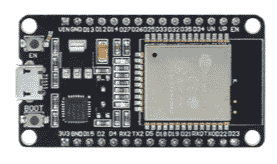 |
|
3 |
A 10 KΩ potentiometer to simulate the soil humidity sensor. |
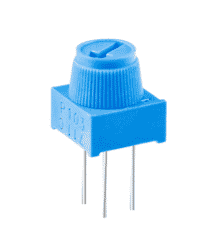 |
|
4 |
A 5V DC motor to simulate a water pump. |
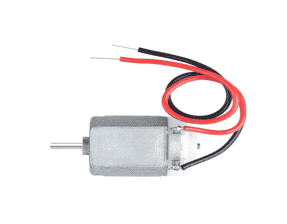 |
|
5 |
A soil humidity sensor. You have two options: 1. Best, more expensive: Capacitive Soil Moisture Sensor (Corrosion Resistant) 2. Short life span, cheaper: resistive analog soil humidity sensor. |
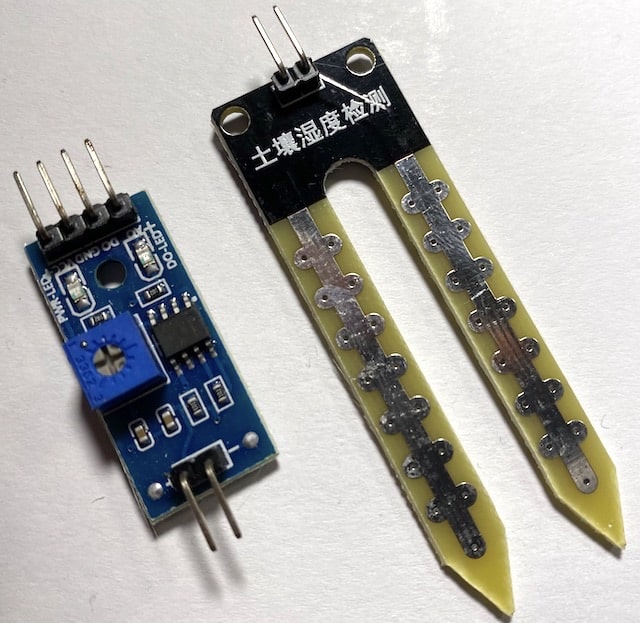 Showing resistive soil humidity sensor. |
|
6 |
A Micro Submersible Water Pump (Machifit JT80SL DC 3-6V Water Pump 120L/H Ultra-quiet Micro Horizontal Submersible Mini Water Pump) |
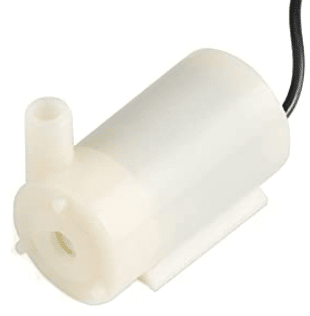 |
|
7 |
A hose for the pump (1m Length Food Grade Translucent Silicone Tubing Hose 1mm To 8mm Inner Diameter Tube) |
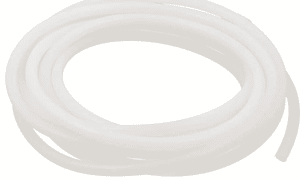 |
|
8 |
A DHT22 sensor in special adapter casing (AAM2302B DHT22 Single Bus Digital Temperature and Humidity Sensor Module Probe AM2302 Adapter Plate) |
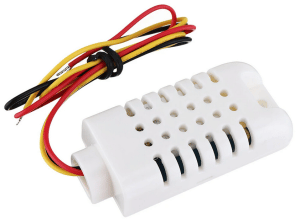 |
|
9 |
A TIP 122 Darlington transistor |
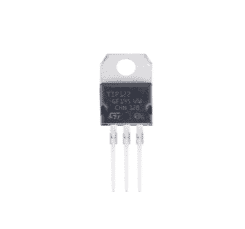 |
|
10 |
A Shottky diode, IN4007. |
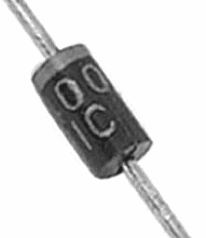 |
|
11 |
Assorted resistors, from 300 Ohm to 500 KOhm. |
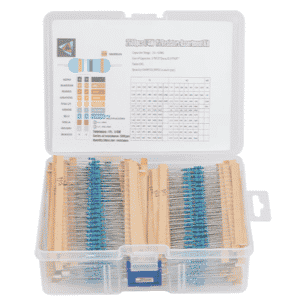 |
Here's the tools that I use in this course:
In this course, I have made frequent use of my bench-top multi-meter and my bench-top power supply. The other tools, such as the soldering station, are secondary and useful to assemble some of the circuit that I used.
# |
Description |
Photo |
Buying options |
|---|---|---|---|
1 |
TENMA 72-7730A digital autoranging multimeter (handheld). |
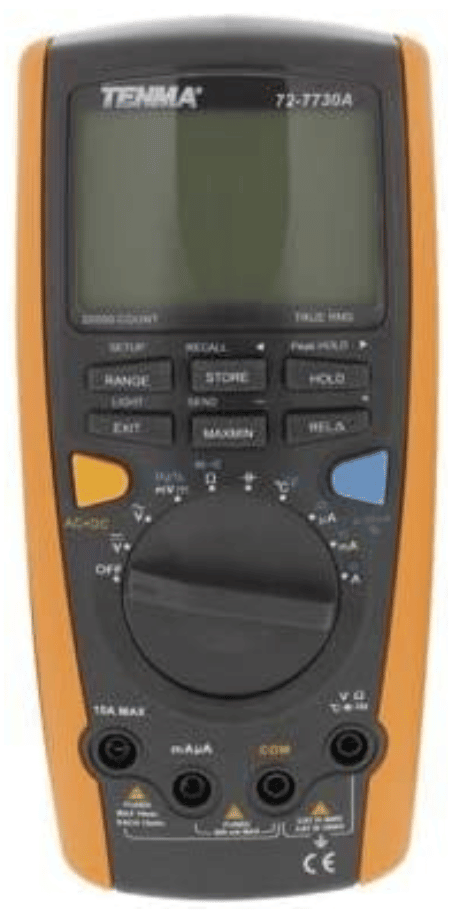 |
|
2 |
(Used in the course) Rigol DM3058E Digital Multimeter (benchtop). |
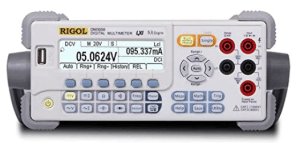 |
|
3 |
KORAD KA3005P or equivelant- Programmable Precision Variable Adjustable 30V, 5A DC Linear Power Supply (benchtop power supply). |
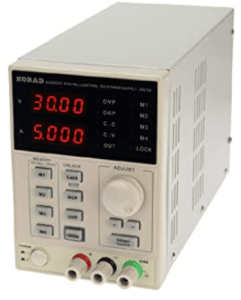 |
|
4 |
A large breadboard (or at least two mini-breadboards). |
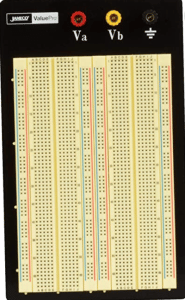 |
|
5 |
Jumper wires. |
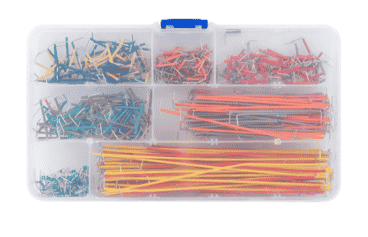 |
|
6 |
LEDs. |
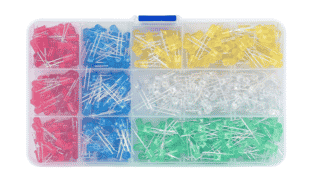 |
Here's the software that I use in this course:
To complete this course you will also need these resources:
-
Node-RED editor.
- Arduino IDE | Download
-
Raspberry Pi OS.
-
MQTT Mosquitto broker.
-
Google Drive and Sheet API (need a free Google account to access).
-
IFTTT.com (If This Then That), require a free account.
- Various contributed libraries and nodes, such as TaskScheduler.
Last Updated 3 years ago.
